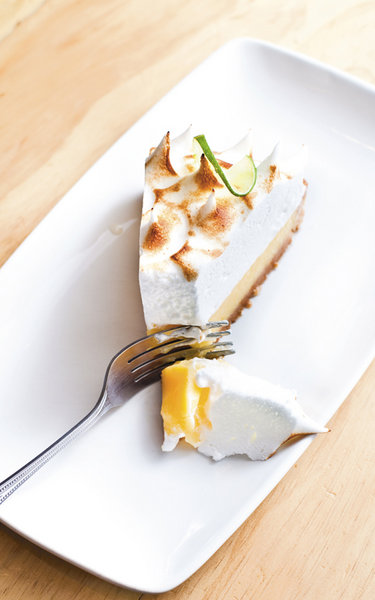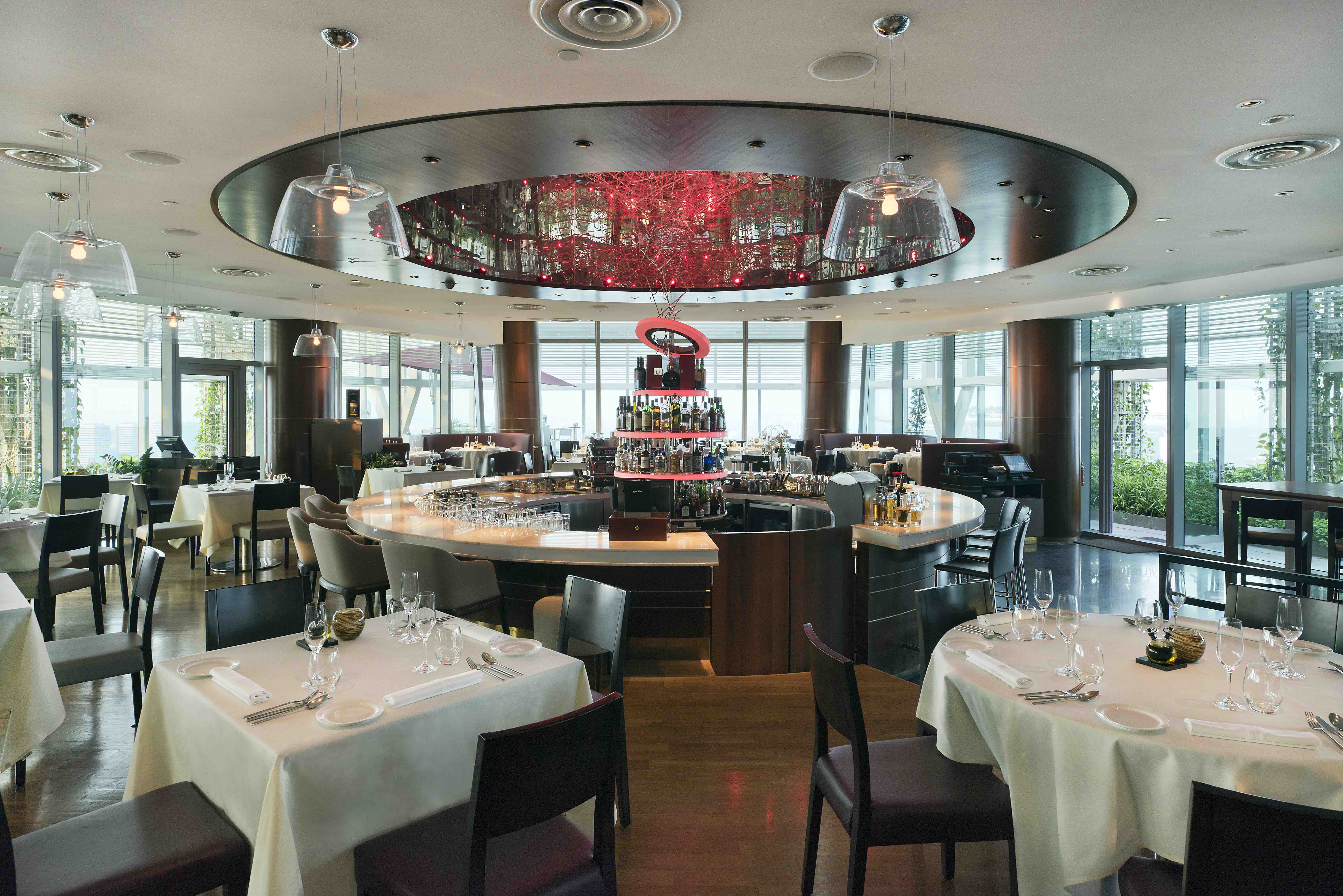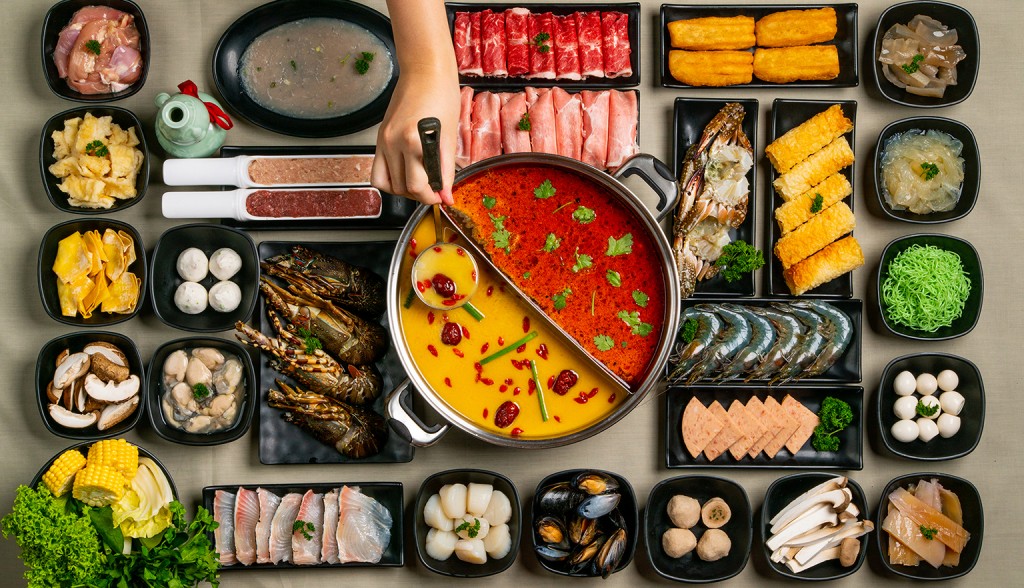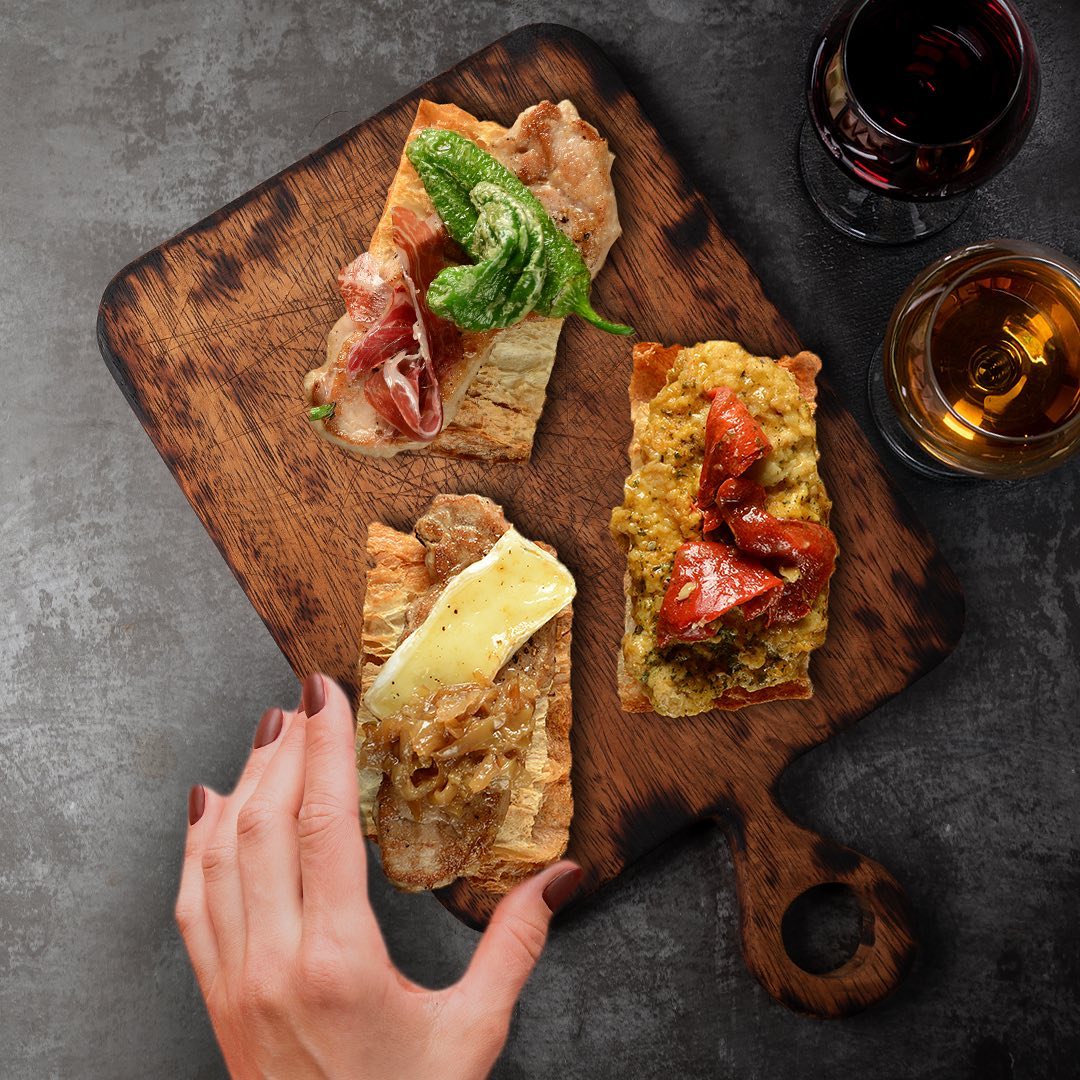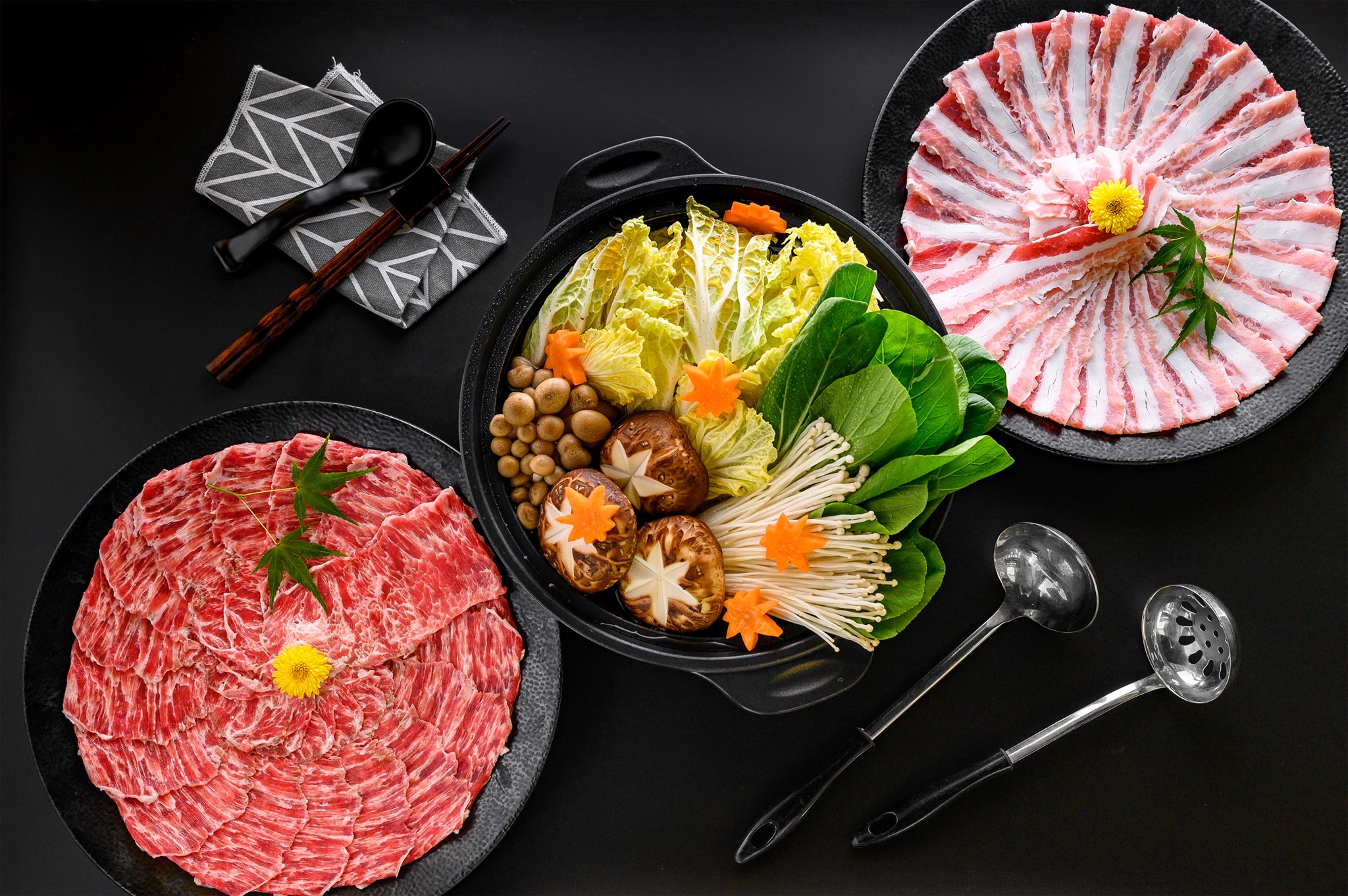1. Do lunch.
Artificial light sucks. There’s just no way to compensate for how ugly it is. Besides, you can eat in the best restaurants at a fraction of the cost during mid-day. Ask for a table next to a big window and snap away. For a roundup of the best lunch deals in town, head to bit.ly/luxelunches.
2. Lean back.
Food doesn’t like wide angles and should be shot at least at arm’s length. The problem with using the longer end of your zoom in dimly-lit restaurants is blurry pictures from your hand shaking. Try getting up and using the back of your chair as a tripod.
3. Tuck in.
A messy plate of half-eaten food is gross, but that cake will look a lot more exciting with a fork cutting into it (see picture). The other variations are chopsticks holding up some noodles or a knife cutting into steak—it can get cheesy when done systematically though.
4. Get a fixed focal lens.
If you have a DSLR, a 50mm f/1.8 is quite simply the cheapest lens out there. On most consumer DSLRs, this lens acts like an 80mm, which is a really nice focal length for food photography. Stop it down just a tad, f/2 or f/2.5 and you’ll get really shallow depth of field, an easy trick to make anything look great. Also, you need very little light to use this lens.
5. Move around.
Some food looks great seen from above, like a colorful bento box, while other food is much more vertical (the French seem to love to create little piles of stuff in the middle of oversized plates) and is best viewed with your chin practically on the table.
6. Cheat.
Point #4 was all about creating shallow depth of field (blurry fore and backgrounds). With a mobile phone, you’ll just have to fake that effect. On Adobe’s Photoshop Express App, use the “vignette blur” effect. On Instagram, use the “tilt-shift” mode, which allows even more control. Both apps are free.
7. Style, baby.
Point #3 is actually an example of styling, where you groom your food and arrange it to look more exciting. But there’s a lot more you can try out. Starched napkins tucked behind a plate offer a clean, but subtly textured background, for example. Just remember, less is more (don’t crowd the shot by arranging a ton of silverware and long stem glasses).
8. Shoot in 3D.
The greatest problem you’re facing as a food photographer is that you’re showing a 3D object in 2D, hence the need to add texture. That’s done by sculpting the food with light. Most often your light should come almost from behind the food, at 2 o’clock if you’re facing the plate and looking at it from above.
9. Overexpose.
When your camera sees a big white plate, it freaks out and dials the exposure down. It’s trying to make your plate an average gray—ugh! Dial up the exposure compensation by +1 or +2 EVs (stops, or exposure values) so that your plate’s highlights are overexposed and your food looks just right.
10. Don’t love food too much.
You need to make a choice: do you want to eat great food or take great pictures? I’ve eaten many sad cold dishes that were brought to me in all their steaming glory before they withered before my lens. If you love food, just eat it.
Need more help? Sign up for photography classes at these places.
If you need to buy a new toy to play with, check out these three hot new semi-pro cameras.


